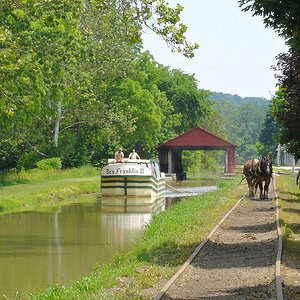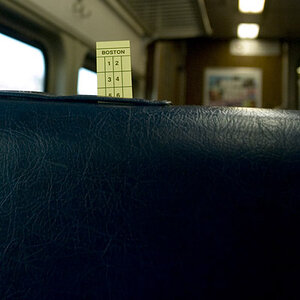Gary Evans
TPF Noob!
- Joined
- Feb 4, 2019
- Messages
- 3
- Reaction score
- 0
Hi,
I have had a Nikon D5000 for a while, but only started to use it properly over the last few months. It is generally pretty good, but I am having a few problems in low light situations.
As an example. I was recently in a dimly lit cave and could not use a tripod, so I used aperture priority with the largest possible aperture, and an ISO of 800. With these settings, I was getting a shutter speed of 1.5 - 2 seconds, which obviously produced a lot of blur. I didn't want to increase the ISO much further.
The thing that really made me wonder was that the guy next to me was snapping merrily away with a much faster shutter speed.
I realise that the D5000 is a few years old now, so there are technical limitations with the sensor etc. I was also using the kit lens: Nikon AF-S DX 18-55mm f/3,5-5,6 VR.
The best solution would be to get a new camera, the D7500 or similar, but I don't really use it enough to justify the spend.
So the other option is the lens. I have been looking at the Sigma 17-70mm f2.8-4 DC Macro OS HSM C, which has a lower aperture and pretty good reviews.
So my question: is this lens any good for general use, and how much difference would it make in the type of situation I mentioned?
Any help would be greatly appreciated
I have had a Nikon D5000 for a while, but only started to use it properly over the last few months. It is generally pretty good, but I am having a few problems in low light situations.
As an example. I was recently in a dimly lit cave and could not use a tripod, so I used aperture priority with the largest possible aperture, and an ISO of 800. With these settings, I was getting a shutter speed of 1.5 - 2 seconds, which obviously produced a lot of blur. I didn't want to increase the ISO much further.
The thing that really made me wonder was that the guy next to me was snapping merrily away with a much faster shutter speed.
I realise that the D5000 is a few years old now, so there are technical limitations with the sensor etc. I was also using the kit lens: Nikon AF-S DX 18-55mm f/3,5-5,6 VR.
The best solution would be to get a new camera, the D7500 or similar, but I don't really use it enough to justify the spend.
So the other option is the lens. I have been looking at the Sigma 17-70mm f2.8-4 DC Macro OS HSM C, which has a lower aperture and pretty good reviews.
So my question: is this lens any good for general use, and how much difference would it make in the type of situation I mentioned?
Any help would be greatly appreciated


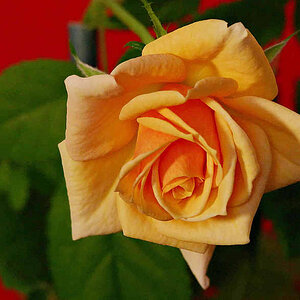
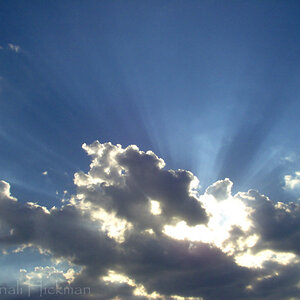
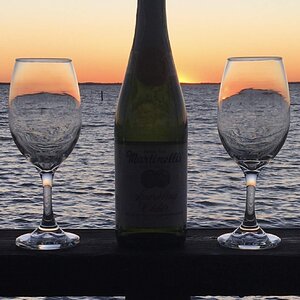
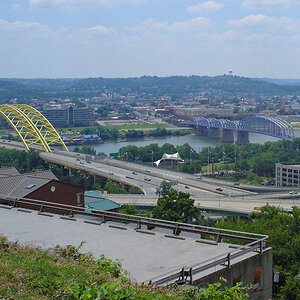
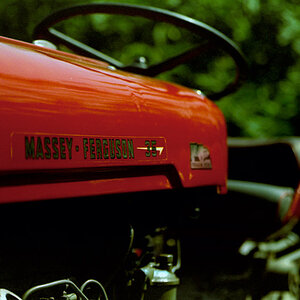
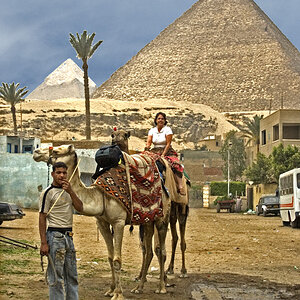
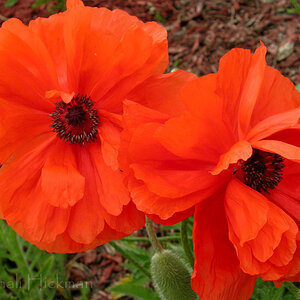
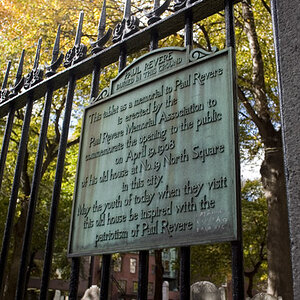
![[No title]](/data/xfmg/thumbnail/41/41493-60071420f928565170996b4edc3de2f0.jpg?1619739820)
